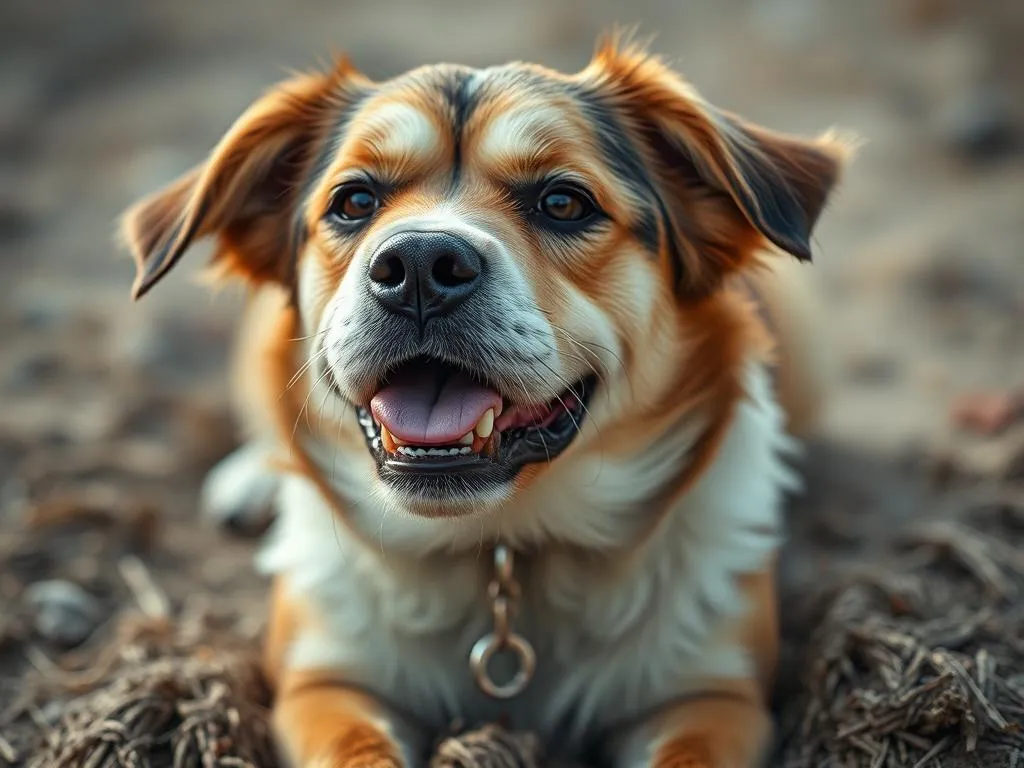
Introduction
Understanding dog behavior is crucial for any dog owner. Dogs, like all animals, exhibit a variety of behaviors that often have deep-rooted instincts and motives. Among these peculiar actions, one that frequently raises eyebrows is their tendency to roll in stinky things. This behavior can seem perplexing and even off-putting to humans, leading us to ask: why do dogs roll in stinky things?
In this article, we will delve into the nature of dog behavior, explore the science behind this particular habit, and provide insights into its various motivations. We will also discuss how to manage this behavior effectively, ensuring a harmonious relationship between you and your furry friend.
Understanding Dog Behavior
The Nature of Canine Instincts
Dogs are descendants of wild canines, and as such, they retain many instinctual behaviors that have been passed down through generations. These instincts are often linked to survival, communication, and social interaction. For instance, while domestic dogs may live in our homes, their behaviors still reflect those of their ancestors, who relied on their instincts for hunting, foraging, and avoiding predators.
Common Dog Behaviors
Dogs display a variety of behaviors, from barking and digging to rolling and fetching. Each of these actions serves a purpose rooted in their instinctual nature. The role of scent in dog behavior is particularly significant. Dogs possess an extraordinary sense of smell, which they use to explore their environment, communicate with other dogs, and even seek out food.
The Science Behind Rolling in Stinky Things
Scent as a Means of Communication
Dogs use scent as a primary means of communication. When they encounter a new smell, they often investigate it thoroughly. This exploration can lead to rolling, which allows them to spread the scent on their bodies. By doing so, they leave a personal mark in their territory or convey information to other dogs.
Rolling as a Natural Instinct
The act of rolling in various substances, including unpleasant ones, is an instinctual behavior that can be traced back to dogs’ wild ancestors. For wild canines, rolling in certain scents may have helped mask their own scent from potential prey, making them more effective hunters. This instinctive behavior has persisted in domestic dogs, even though their survival doesn’t depend on it in the same way.
The Role of Scent in Dog’s World
Dogs perceive the world primarily through their sense of smell. They can detect pheromones and other scents that humans cannot, which play vital roles in their social interactions. For dogs, a simple whiff of a ‘stinky’ substance can be rich with information about other animals, their territory, and even their health.
Reasons Dogs Roll in Stinky Things
To Mask Their Scent
From an evolutionary perspective, one primary reason dogs roll in stinky things is to mask their own scent. In the wild, canines often roll in the scents of their prey or other animals to blend in with their surroundings. This behavior can be crucial for hunting and survival, even if it doesn’t carry the same importance for our domesticated pets.
To Gather Information
When dogs roll in smelly substances, they are also gathering information about their environment. The scents they encounter can tell them about other animals that have been in the area, their reproductive status, and even their health. This behavior acts as a form of social networking among dogs, providing insights into the world around them.
Playfulness and Exploration
Dogs are known for their playful nature, and rolling in stinky things can also be seen as a form of play and exploration. This behavior often stems from curiosity, as dogs are naturally inclined to investigate their surroundings. For many dogs, rolling in stinky substances is simply a fun way to engage with their environment.
Stress Relief and Comfort
Interestingly, some dogs roll in stinky things as a form of stress relief or comfort. Just as some humans might indulge in certain habits during stressful times, dogs may find solace in familiar scents. This behavior can be particularly evident in anxious dogs or those seeking comfort in chaotic environments.
Common Scenarios Where Dogs Roll in Stinky Things
At the Park
Parks are a common setting for dogs to indulge in rolling behaviors. Surrounded by a variety of scents from other dogs and wildlife, parks provide a sensory playground. Dogs may roll in grass, mud, or even animal droppings, much to the dismay of their owners. This behavior often occurs during playtime with other dogs, where the excitement and social interaction can prompt rolling.
During Walks
During walks, dogs are exposed to a plethora of smells. It’s not uncommon for dogs to find something particularly pungent on a sidewalk or in a field and feel the irresistible urge to roll in it. Owners can manage this behavior by keeping a close watch and using commands to redirect their dogs when they show interest in rolling.
At Home
Dogs may also roll in undesirable substances at home, such as dirt, spilled food, or even trash. This behavior often stems from boredom or a need for stimulation. Providing alternative activities and ensuring your dog has enough playtime can help reduce these incidents.
How to Manage This Behavior
Understanding Your Dog’s Needs
Understanding why your dog exhibits the behavior of rolling in stinky things is essential. Assess whether this behavior is problematic or simply a natural instinct. If it’s causing issues, such as frequent baths or unwanted odors, it may be time to intervene.
Training and Commands
Training techniques can be effective in discouraging dogs from rolling in stinky substances. Teaching commands like “leave it” or “no” can help redirect their attention when they show interest in rolling. Positive reinforcement, such as treats and praise when they obey, can strengthen the desired behavior.
Providing Alternatives
To deter rolling in stinky things, provide your dog with engaging alternatives. Interactive toys, puzzle feeders, or even designated play areas can keep your dog occupied and reduce the temptation to roll in unpleasant substances. Engaging your dog in different forms of play, such as fetch or agility training, can also channel their energy positively.
The Role of Grooming and Hygiene
Importance of Regular Grooming
Regular grooming plays a vital role in managing your dog’s behavior. Grooming not only keeps your dog clean but also helps minimize the likelihood of rolling in stinky substances. Brushing your dog’s coat regularly can reduce odors and remove dirt and debris, making them less inclined to seek out unpleasant smells.
Bathing Your Dog
How often should you bathe your dog? This varies by breed and activity level, but a general rule is to bathe your dog every few weeks or as needed. Use dog-specific shampoos that are formulated to keep their coat healthy and odor-free. Establishing a regular bathing routine can help prevent odors and ensure your dog remains clean and comfortable.
Conclusion
In summary, the question of why do dogs roll in stinky things can be answered through understanding their instinctual behaviors, communication methods, and the role of scent in their lives. While this behavior can sometimes be inconvenient for us as dog owners, it is rooted deeply in their natural instincts and curiosity.
By embracing your dog’s behaviors while managing them appropriately, you can nurture a healthy and understanding relationship with your furry friend. Understanding the motivations behind their actions not only enriches your bond but also enhances their well-being.
As we share our lives with dogs, it’s essential to appreciate their unique habits and provide them with the love and care they need. Each roll in the grass, mud, or a particularly pungent spot is a reminder of their wild ancestry and the joy of living in the moment.









